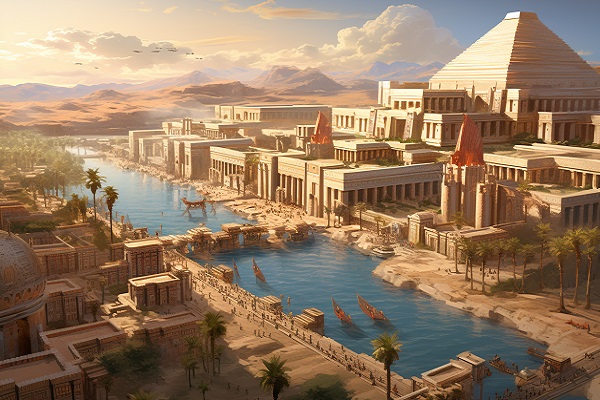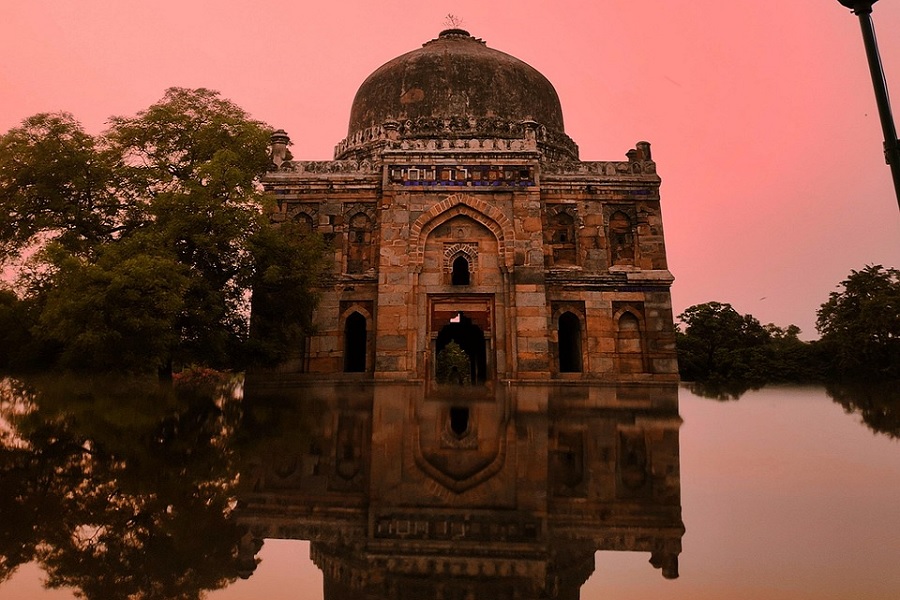Architectural Wonders That Tell the Story of Civilizations

Architecture is more than just the creation of buildings; it is a tangible narrative of human history, culture, and civilization. Throughout the centuries, architectural marvels have stood as silent witnesses to the rise and fall of empires, the evolution of societies, and the ingenuity of human creativity. These structures tell stories — of conquest, faith, innovation, and artistic expression — offering us a window into the lives and values of those who came before us.
The Great Pyramids of Giza, Egypt
One of the most iconic symbols of ancient civilization, the Great Pyramids of Giza are a testament to the engineering prowess of the Egyptians. Built over 4,500 years ago, these colossal tombs reveal the importance of the afterlife in Egyptian culture and their advanced knowledge in mathematics and astronomy. The pyramids continue to awe visitors and scholars alike, reminding us of the civilization’s devotion and organizational skills.
The Parthenon, Athens, Greece
Perched on the Acropolis, the Parthenon is a masterpiece of classical Greek architecture. Constructed in the 5th century BCE, it reflects the ideals of democracy, philosophy, and art that defined Ancient Greece. Dedicated to the goddess Athena, the Parthenon’s harmonious proportions and sculptural details symbolize the cultural achievements of one of history’s most influential civilizations.
The Great Wall of China
Stretching thousands of miles, the Great Wall is a monumental feat of military architecture designed to protect the Chinese states from invasions. Beyond its defensive role, the wall represents the unification of China under various dynasties and stands as a symbol of perseverance and national pride. Its construction, spanning centuries, also demonstrates the evolution of Chinese engineering and labor organization.
Machu Picchu, Peru
Hidden high in the Andes Mountains, Machu Picchu is a stunning example of Inca architecture. Built in the 15th century, this “Lost City” combines natural beauty with sophisticated stonework and urban planning. It offers insights into Incan spiritual beliefs, social structure, and relationship with nature. The preservation of Machu Picchu invites us to appreciate the harmonious coexistence of architecture and environment.
Taj Mahal, India
A symbol of eternal love, the Taj Mahal is a breathtaking example of Mughal architecture. Completed in the 17th century, this white marble mausoleum showcases intricate artistry, blending Islamic, Persian, and Indian styles. The Taj Mahal not only highlights the empire’s wealth and artistic sensibilities but also tells a poignant story of devotion and loss.
Conclusion
Architectural wonders are more than just physical structures; they are cultural time capsules that tell the story of civilizations long past. From the deserts of Egypt to the mountains of Peru, these marvels inspire awe and invite us to explore the rich tapestry of human history. Preserving and studying them helps us understand where we come from and shapes how we envision the future of our own civilization.
























